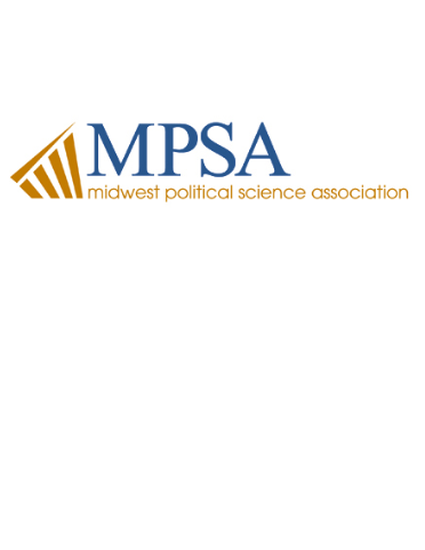
Contribution to Book
Independent Spending in State Elections After Citizens United by Business, Ideological, and Issue Groups
Proceedings of the 2018 Conference of the Midwest Political Science Association
(2018)
Abstract
This paper is the second in a three-part series on independent expenditures (IEs) in state elections since the Supreme Court's 2010 decision in Citizens United v. Federal Election Commission. We have noted previously that independent expenditures (IEs) in federal elections skyrocketed after Citizens United. In 2008, IEs in U.S. House and Senate elections (other than by formal party committees) amounted to $44 million. In 2016, the total was $647 million – more than fourteen times the level of 2008 (Malbin and Glavin, 2018). In state elections, according to the National Institute on Money in State Poltics (NIMSP), IEs increased by 58% between 2008 and 2012 and 139% between 2006 and 2014 (Burgam, 2016). The growth rate for state-level IEs thus was significant, but not nearly as large as for Congress.
Disciplines
Publication Date
2018
Publisher
Midwest Political Science Association
Citation Information
Michael J. Malbin, Jaclyn Jolene Kettler, Brendan J. Glavin, Keith E. Hamm, et al.. "Independent Spending in State Elections After Citizens United by Business, Ideological, and Issue Groups" Proceedings of the 2018 Conference of the Midwest Political Science Association (2018) Available at: http://works.bepress.com/charles-hunt/3/
